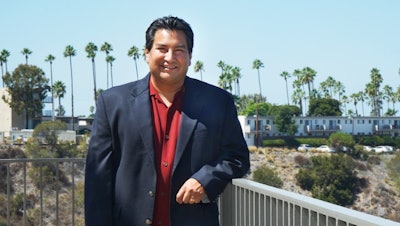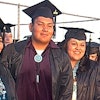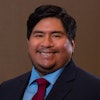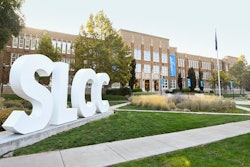In 1993, Dwight K. Lomayesva founded the American Indian Recruitment (AIR) programs with his wife Devon Reed Lomayesva while both were students at San Diego State University (SDSU). Their goal was to improve high school graduation rates and increase the number of Native students in and graduating from college. They believed then and now that Native students' ability to connect with their culture would play a strong role in their persistence and academic performance in college.
In May 2021, SDSU and AIR signed a memorandum of understanding (MOU) that is leading to an even closer working relationship. AIR now has an office on the SDSU campus near the university’s Native Resource Center. Lomayesva says this increases AIR’s ability to forge partnerships to serve local tribal communities.
 Dwight K. Lomayesva
Dwight K. Lomayesva
Since its founding, AIR has collaborated with the Department of American Indian Studies at SDSU to mentor Native American students from middle school, high school and college to help them achieve success. In addition to mentoring, tutoring and guidance, the students develop a sense of confidence by learning more about their tribal backgrounds and histories.
“Culture is your lens on how you view the world,” says Dwight Lomayesva, who is of the Hopi tribe. “Because of historical trauma — boarding schools, incarceration, family dysfunction based on boarding schools, drugs, gangs and more — our lens and our identity have been diminished but not lost.
“We utilize a teaching through culture method where we look at topics in Indian Country and develop a conceptual ideal around them,” he continues. “What we have learned is that our students are drawn to these topics as it relates to them as being a Native person. They are challenged to learn and understand these topics, and we have seen this translate into other areas of their academics.”
This approach is also used by the American Indian College Fund and other organizations and individuals engaged in strengthening the K–12 pipeline for Native students. Whether students choose to attend a tribal college or university (TCU) or a different kind of institution, self-awareness and self-esteem lead to student success.




















